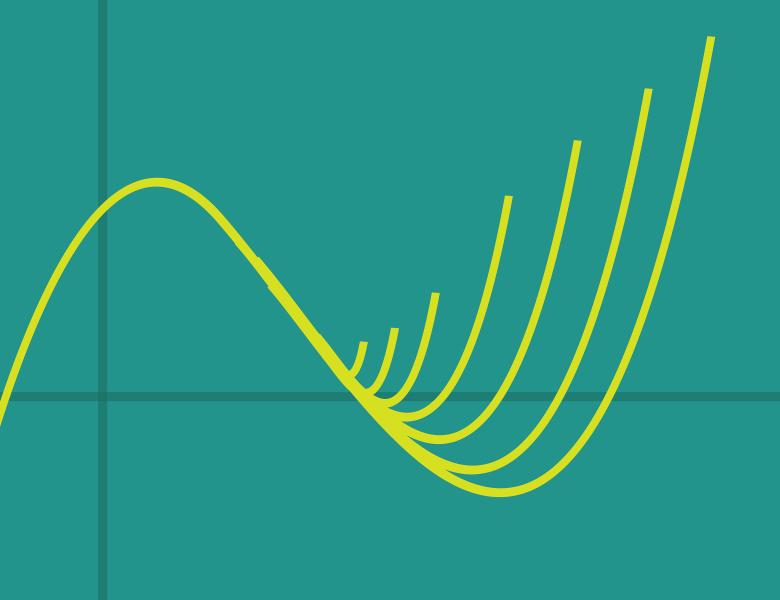
Abstract
One fairly standard version of the Riemann Hypothesis (RH) is that a specific probability density on the real line has a moment generating function (Laplace transform) that as an analytic function on the complex plane has all its zeros pure imaginary. In statistical physics, a theorem of Lee and Yang from the 1950s provides a way to generate probability densities with that same property. How closely these two topics are related to each other is of some interest. We'll review a series of results that span the period from the 1920's to now concerning a perturbed version of the RH which demonstrate at least an historical relation. In the perturbed version, due to Polya, the log of the probability density is modified by a quadratic term. This gives rise to an implicitly defined real constant known as the de Bruijn-Newman Constant, Lambda. The conjecture and now theorem (Newman 1976, Rodgers and Tau 2018) that Lambda is greater than or equal to zero is complementary to the RH which is equivalent to Lambda less than or equal to zero; The conjecture/theorem is a version of the dictum that the RH, if true, is only barely so. Until very recently, the best upper bound, was a 2009 result of Ki, Kim and Lee that Lambda is strictly less than 1/2. The current upper bound (see Polymath 15) is around 0.22.


